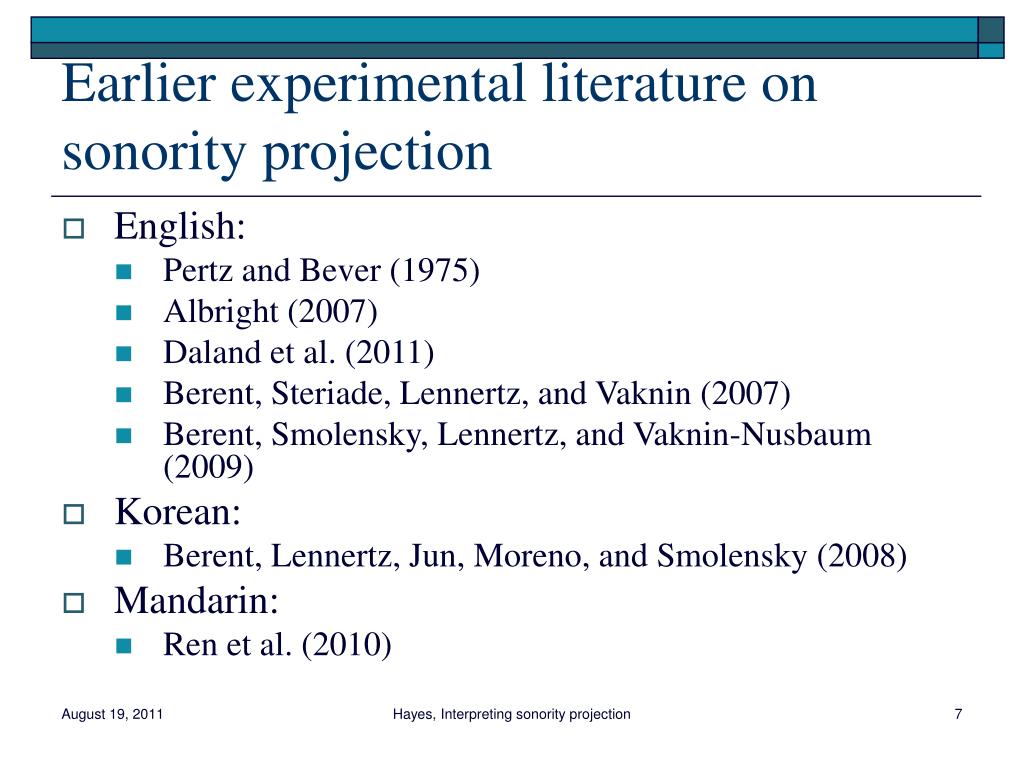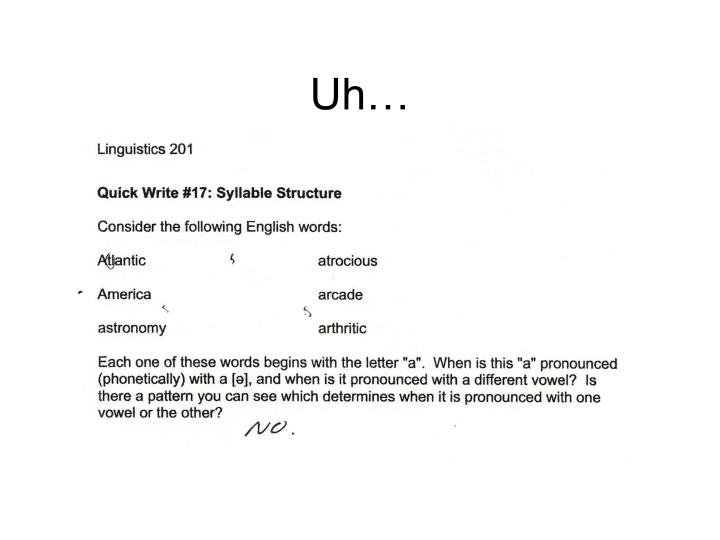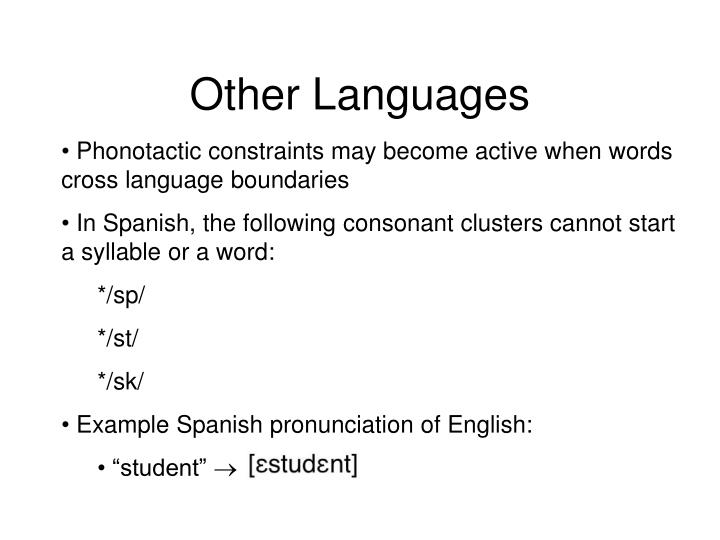

In Proceedings of the 16th international congress of phonetic sciences, Saarbrücken, 6–, eds. Intersegmental cohension and syllable division in Polish. Does a theory of language need a grammar? Evidence from Hebrew root structure. What we know about what we have never heard: Evidence for perceptual illusions. Selective visual streaming in face recognition: Evidence from developmental prosopagnosia. Cambridge: Cambridge University Press.īentin, S., L.Y. Analyzing linguistic data: A practical introduction to statistics using R, 2nd ed. Journal of Memory and Language 59 (4): 390–412.īaayen, H. Mixed-effects modeling with crossed random effects for subjects and items. (HairerSoft, Kenilworth, UK version 2.1, 1523 User reference guide for v1.4, Hairer 2009).

#SONORITY DIFFERENCE CLUSTERS PRO#
The findings contribute to the ongoing discussion on sources of phonotactic knowledge, underlying a feature-based composition of clusters, and conflicting forces related to place and manner features in online processing and intuitive judgement.Īmadeus Pro software. bilabial–velar, bilabial–palatal, dental–velar) involves the least cognitive effort, and lends support to the principle of the clarity of perception. Reaction times are the longest for medial distances, and the shortest for large distances. In turn, response latencies are facilitated by the place of articulation distances. First, it is shown that sonority and existence affect only accuracy rates, and do not contribute to the processing of word-edge phonotactics. The studies offer new data for Polish phonotactics, from which the following conclusions are drawn.

For each experiment, two types of data were collected: accuracy rates and response latencies.

The concept of distance is represented by the proximity of places of articulation on a scale bilabial – labio-dental – dental – alveolar – alveolo-palatal – palatal – velar. Well-formedness is associated with the sonority profile of CC clusters, which is either sonority-violating or sonority-obeying following the hierarchy: plosive–affricate–fricative–nasal–liquid–glide. Existence distinguishes between clusters which are part of the phonotactic inventory of Polish, and which are hypothetical. Two reaction time experiments explore the psycholinguistic reality of three factors: (1) existence, (2) well- formedness and (3) distance in word-initial clusters (Experiment 1) and in word-final clusters (Experiment 2). Based on the results of the study a set of constraints have been defined to analyze sequencing of some Persian words in the frame work of Optimality Theory.This chapter discusses the role of phonological principles in online processing of CC phonotactics in Polish. Regarding “voice” as a criterion for sonority, the investigation shows consonant clusters have been significantly sequenced as “voice-voiceless” clusters. The study also shows that words distributions in groups disagree with SSP are more homogenous than those agree. It means that Persian does not follow extreme sonority differences between cluster members. Investigating sonority differences in consonant clusters this study shows that the difference is not significant. This study shows that Persian in both words and cluster levels significantly follows SSP. In this study 263 cluster (177 agree,71 disagree and 15 neutral) in 600 one syllable CVCC words have been studied. The study aims to investigate Sonority Sequencing Principle(SSP) in final consonant cluster in one syllable Persian words in the frame work of “three dimensions sonority model” proposed by Gnanadesican (1997).


 0 kommentar(er)
0 kommentar(er)
